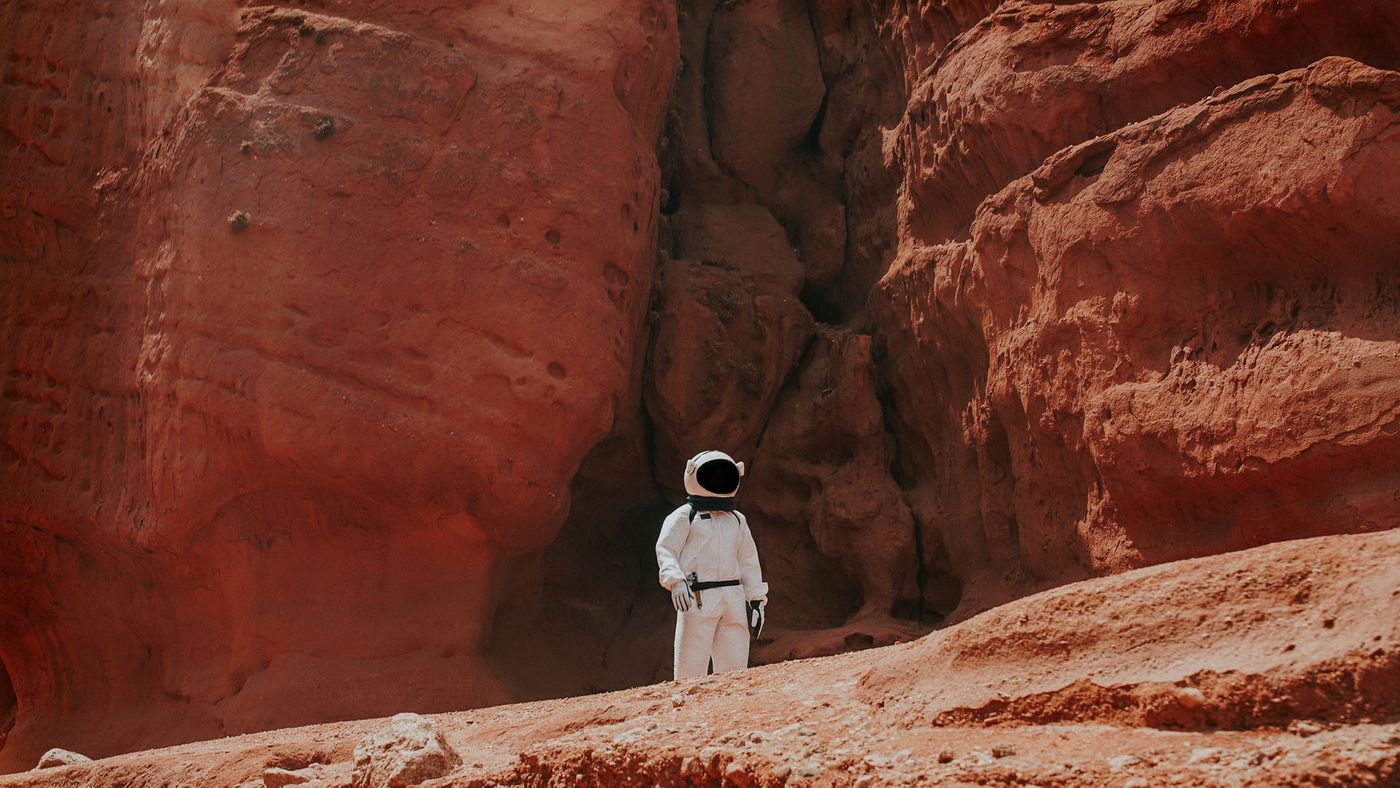Houses on Mars Held Together With Astronaut Blood?!
A protein abundantly present in the blood plasma of astronauts is perfect for building shelters in outer space, say researchers at the University of Manchester. In the future, space voyagers can mix their bodily fluids with extraterrestrial soil to form a biocomposite material with compressive strengths comparable to concrete.
One of the most significant challenges with establishing life on Mars is the cost—ferrying a single brick from Earth to Mars costs over $2 million. As a result, scientists have taken an out-of-the-box approach to developing cost-effective building materials for shelters and other structures for new arrivals on the Red Planet. The ideal components would be materials that future space crews would already have access to when they arrive.
In a study published in Materials Today Bio, a team of researchers describes AstroCrete, a strong, concrete-like substance made by mixing dust with human serum albumin. This blood protein, produced by the liver, shuttles vitamins, enzymes, and other essential substances around the body. The addition of urea (a metabolic waste product excreted in tears, urine, and sweat) makes AstroCrete 300 percent more robust, giving it about twice the compressive strength of earthly concrete.
This impressive durability results from a chemical reaction that occurs when blood proteins denature outside the body, forming structural bonds known as "beta sheets" which are capable of holding materials together at a molecular level.
AstroCrete is a novel solution to a long-standing interplanetary travel problem, says Aled Roberts, a lead researcher from the University of Manchester. The team's novel technology could pave the way for future construction projects on distant planets. According to Roberts' calculations, a crew of six astronauts could produce more than 500 kilograms of AstroCrete over two years—which could hold sandbags containing Martian soil together to form housing pods. In addition, this so-called biocomposite can also potentially be 3D-printed into more intricate structures.
Interestingly, the use of blood in architecture is far from a new concept. As early as medieval times, animal blood was used as a binder for mortar. "It is exciting that a major challenge of the space age may have found its solution based on inspirations from medieval technology," said Roberts.









